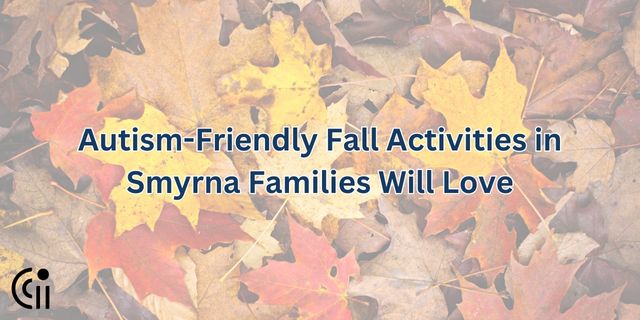A sensory bag can be a game-changer for individuals with autism when they are in public spaces or attending events that might be overwhelming. These bags include items that provide comfort and help manage sensory sensitivities. Creating a sensory bag is simple, and it can significantly improve an individual’s ability to cope with loud sounds, crowds, or other environmental triggers.
Here’s a guide on how to create an autism-friendly sensory bag and what to include to make outings more comfortable and enjoyable.
What Is a Sensory Bag for Autism?
A sensory bag is a collection of tools that help individuals with autism manage sensory sensitivities in busy or loud environments. It’s a portable bag filled with calming items that can reduce anxiety, provide comfort, and help someone self-regulate in overwhelming situations.
Sensory bags are especially useful in public places like stores, sporting events, or busy restaurants, where sights, sounds, and crowds can be overstimulating.
What to Include in an Autism Sensory Bag
You can include many items in a sensory bag to meet the individual’s specific needs. These items can address sensory challenges related to sound, touch, vision, and other senses. Here are some essential items to consider.
1. Noise-Canceling Headphones
Noise-canceling headphones are one of the most essential tools in a sensory bag. Loud sounds or unexpected noises can be overwhelming for individuals with autism. Headphones help block out unwanted noise, creating a quieter, more manageable environment.
Choose headphones that fit comfortably and can be worn for long periods. Some people may prefer earplugs as an alternative.
2. Fidget Tools
Fidget tools are small objects that can keep hands busy and reduce stress. These tools help individuals focus and calm themselves during overwhelming situations. Popular options include fidget spinners, stress balls, or small sensory toys like stretchy bands.
These items are discreet, portable, and can provide immediate comfort in stressful environments.
3. Visual Communication Cards
Visual communication cards are an excellent tool for non-verbal or limited-verbal individuals with autism. These cards display images or words to help them communicate needs or feelings when speech may be difficult. Standard cards can include symbols for “break,” “quiet,” or “help.”
This tool is beneficial when in unfamiliar settings where communication might become challenging due to sensory overload.
4. Sunglasses or Visors
For those who are sensitive to bright lights or visually overwhelming environments, sunglasses or visors can be a helpful addition to a sensory bag. They reduce the impact of harsh lighting and create a more comfortable visual experience, especially in crowded or outdoor settings.
5. Chewable Jewelry
Some individuals with autism find comfort in oral stimulation, such as chewing. Chewable jewelry is a safe and discreet way for someone to meet this need. There are many styles available, such as silicone necklaces or bracelets, that can be worn and used as needed.
6. Weighted Items or Lap Pads
A small, weighted item such as a lap pad or a small weighted blanket can provide a sense of grounding and calm for individuals with autism. The gentle pressure can reduce anxiety and promote relaxation, making it easier to focus on the surroundings without feeling overwhelmed.
These items are portable and can be used during car rides, at restaurants, or in any public setting where calming support is needed.
How to Personalize Your Sensory Bag
Every person with autism has different sensory needs, so it’s important to personalize the sensory bag to fit the individual. Some people may need more visual tools, while others might benefit from tactile items like stress balls or textured toys.
Consider adding a few of the person’s favorite calming items, such as a small blanket, stuffed toy, or a familiar scent. Having personal comfort items on hand can make the sensory bag even more effective in reducing anxiety.
When to Use a Sensory Bag
A sensory bag can be used in many different settings, but it is beneficial during activities that may cause sensory overload. You can bring it to:
- Shopping malls
- Doctor’s appointments
- Sporting events
- Restaurants
- Family gatherings
- Airplane rides or travel
By having a sensory bag ready, you’ll be able to respond quickly to the individual’s needs and create a more comfortable experience in any environment.
Contact Circle City ABA to Start ABA Therapy Services
If you’re looking for support for a loved one with autism, Circle City ABA offers personalized ABA therapy services. Our therapy programs focus on building essential life skills, improving communication, and creating a path toward independence.
To learn more about how ABA therapy can help or to schedule an appointment, contact Circle City ABA today. Our team is here to provide compassionate care and support for your family. Call us or visit our website to get started.
Conclusion: Creating a Sensory Bag for Comfort and Calm
Creating a sensory bag for someone with autism can make a world of difference during public outings or events. By including items like noise-canceling headphones, fidget tools, and communication cards, you can help them feel more comfortable and confident in any situation.
For more help with autism therapy, Circle City ABA is ready to assist with personalized ABA services that can help individuals thrive in all areas of life.


